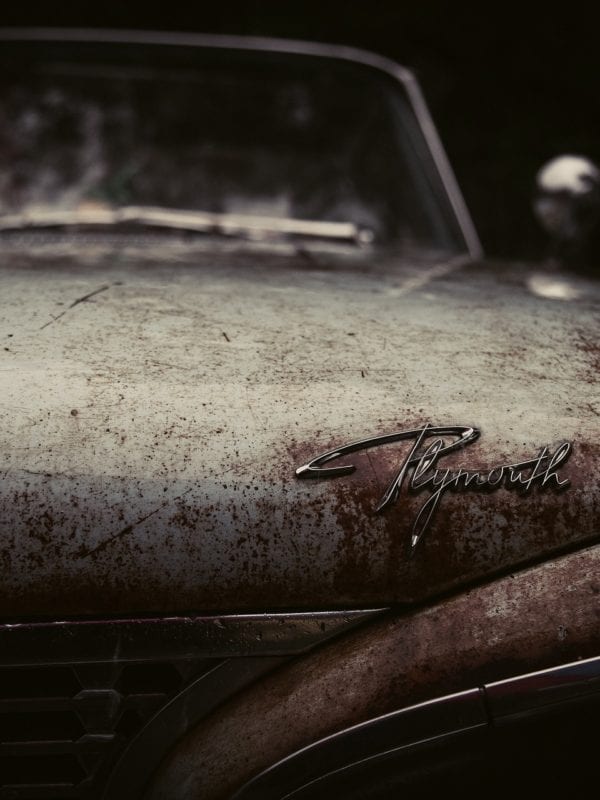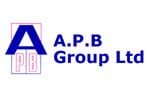E-coat paint, also known as Electrophoretic Painting, Electrocoating, and Electropainting, is a high-tech process that has been developed over the last fifty years. E-coat paint’s ability to paint high production volumes of parts makes it a very popular choice. This high production efficiency coupled with advanced quality also results in lower unit costs, which is why e-coating companies like ourselves recommend it.
Advantages of the E-coat process
Immersion process: All of the surfaces in contact with the parts are coated evenly and completely. This means that even the most unusual shapes can be completely coated. Parts can be more densely packed on the rack to increase the production rate.
Electrical deposition method: The application of electricity causes the resins and other ingredients to deposit onto the parts’ surface. Being able to control the electrical current enables a predictable and consistent thickness of the coating to be applied.
Water-based process: A great advantage is there are no flammability problems during application. Also, there is no need to allow for drying time after water-based cleaning or pretreatment processes. Using Ultrafiltration technology, rinse water can be extracted from the bath itself and used to recycle nearly 100% of the drag-out back into the bath. This not only maximizes material usage but also minimises costs.
The E-coat paint process
Although the process may vary slightly depending on the application, an e-coating process typically involves the following:
- Cleaning and pre-treating– It’s important to clean the parts prior to e-coating to remove any oil, grease or other contaminants from the product. The chemicals used for the pretreatment and cleaning may vary, but generally, this includes immersion into a tank containing an inorganic phosphate solution with metal parts made of steel or iron.
- Immersion into the e-coating bath – Once the parts have been cleaned and pre-treated, they can be immersed in the e-coating bath. This often consists of black epoxy paint and deionised water solution. This process is so successful due to the total immersion of the substrate into the bath, ensuring every surface is coated equally making it incredibly effective. A DC electric current is then introduced to agitate the solution and deposit the coating onto the parts.
- Rinsing– once the desired thickness has been reached, the parts can be removed from the bath for rinsing. The rinse process removes the remaining paint solids from the surface, if not removed the overall coating appearance is impacted. To minimise waste, the excess solids are recovered and returned to the e-coat paint bath.
- Baking– Once the above processes are complete it’s time for the finishing factor. Baking helps minimise water-spotting and enhance the flow of the film, which improves the appearance of the finished product.
Contact us today
Contact Pym and Wildsmith, expert e-coating suppliers to learn more about the e-coating process and how it may be able to benefit your manufacturing applications. Speak to one of our e-coat paint specialists today on 01889 565 653.
If you have found this blog helpful, you may wish to read our previous blog on Zinc Phosphate Pre-treatments.


